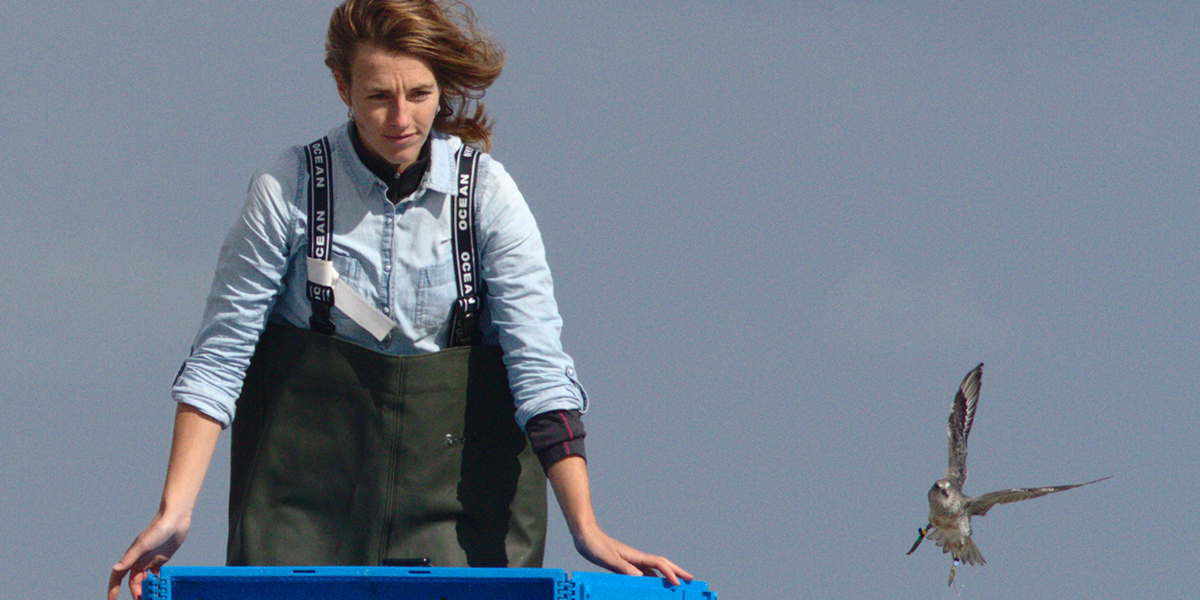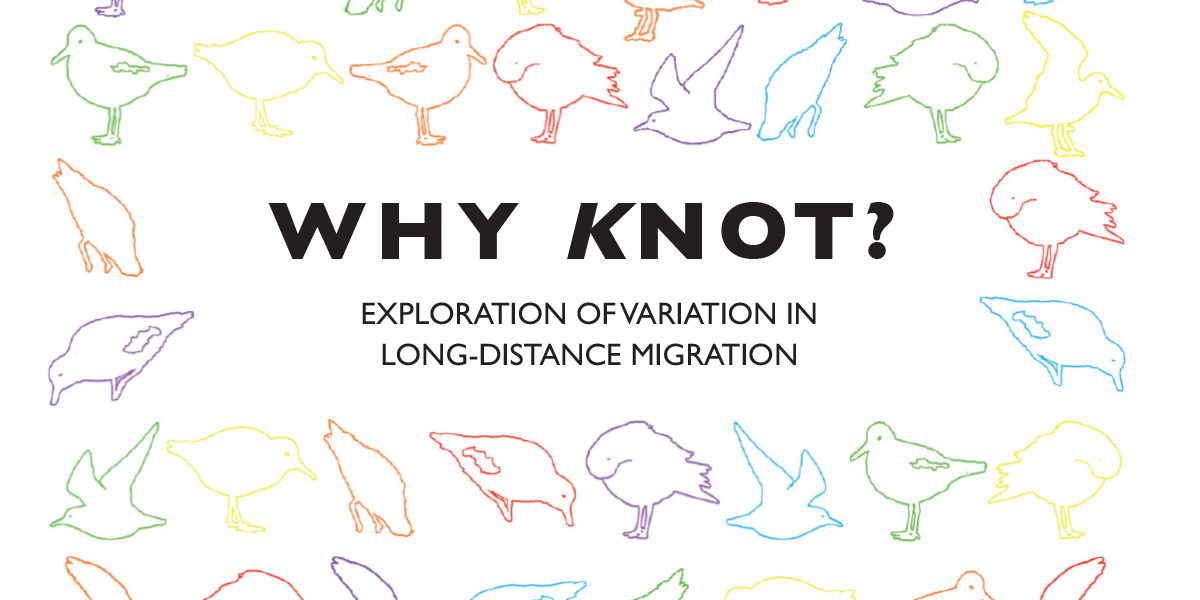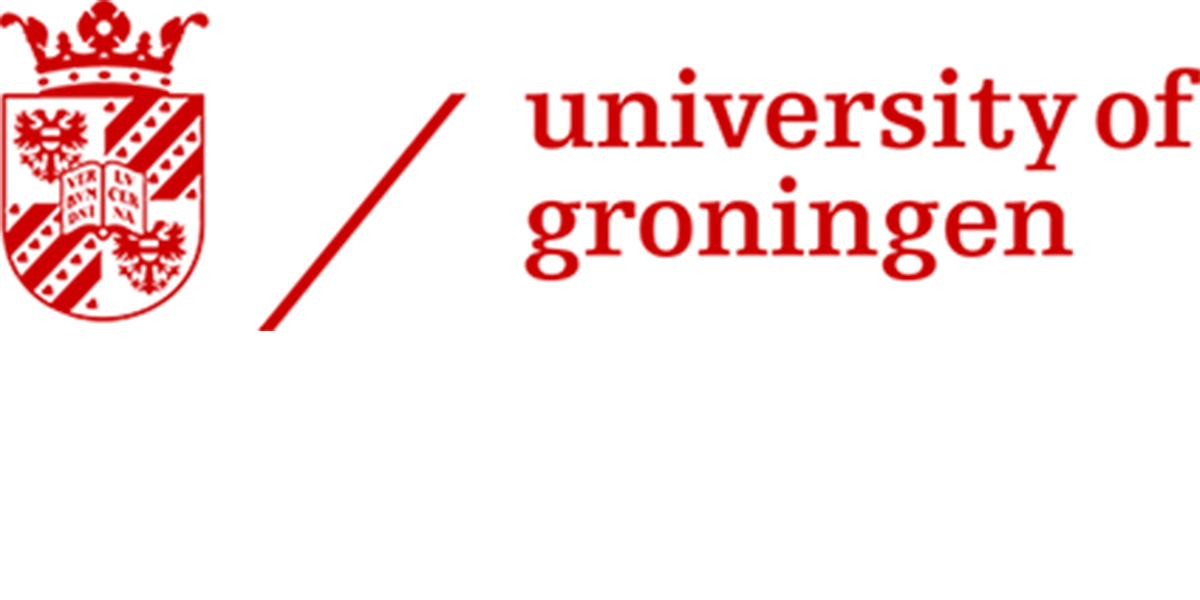Red knots base migration strategy on both environment and experience

Red knots (Calidris canutus) are shorebirds that spend most of the year at intertidal areas such as the Wadden Sea. However, once a year they migrate to and from their northern breeding grounds. Before departure, they undergo a remodelling of their body to be physiologically prepared for the long flight and the following reproductive season. Kok followed some of these wild knots during their migration with a novel solar-powered satellite transmitter. This innovative technique enabled her to be the first to map the exact migration routes used by two subspecies of the red knot. She found that the experienced migrants were very consistent in their routines. Combined with research on the physiological and behavioural traits of birds temporarily held in captivity, she showed that environmental conditions play a key role in shaping individual migratory routines. Kok: “Past experiences play a role in future decisions, without a loss of adaptability. I call this ‘canalisation’ of behaviour.”
Cognitive side of migration
The good results aside, Kok’s research didn’t stop here. She continued to search for more insights into the individual motivation for migration. Was it just environmental circumstances that triggered migration? And how could this explain certain individual differences? Kok decided to take a closer look at the role of experience and developed a testing protocol aimed at the cognitive side of migration, still an underrepresented topic. Incorporating cognitive aspects, such as memory, enabled Kok to show that red knots are able to memorize and discriminate between previously learned habitat images. For Kok, the future of migratory bird research lies in a more holistic approach. 'The closer we are to understanding "what it is like to be a bird (or any other animal)" the more we are able and willing, to appreciate and protect the animals and the habitats that are around us.'
Doctoral defence
The defense can be followed live online by using the following link:
www.rug.nl/digitalphd
Why Knot? Exploration of variation in long-distance migration
Eva M.A. Kok
4 September 2020, 12:45

More information on Eva Kok's defence on:
